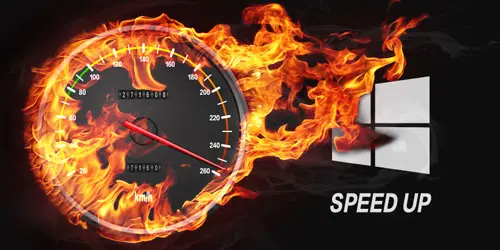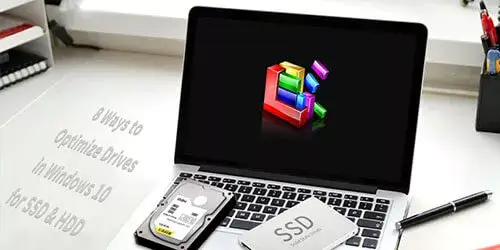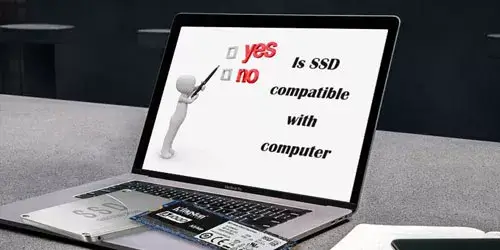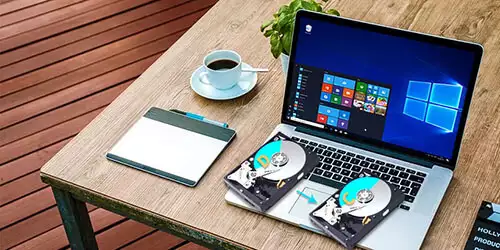Speed up Windows 11 - 4 Ways to Free up CPU, Memory and Disk

Windows 11 is Microsoft's latest operating system, but it can also have the problem of slow windows computer speed. If your windows 11 PC is lagging or taking a long time to perform tasks, you may need to know something about how to speed up your windows 11 laptop.
Before that, you need to know some feature-specific requirements for Windows 11. These are the minimum system requirements for installing Windows 11 on a PC.
| Device | System Requirement |
|---|---|
| Processor | 1 gigahertz (GHz) or faster with 2 or more cores on a
compatible 64-bit processor or System on a Chip |
| RAM | 4 gigabyte(GB) |
| Storage | 64 GB or larger storage device |
And the recommended configurations are shown below.
| Device | Recommended Configuration |
|---|---|
| Processor | Core i5 9400F or higher |
| RAM | 16G DDR4 or more |
| Storage | 500G or more, 800MB/s read/write speed or higher |
Next, this guide is designed to help users understand how to speed up windows11 PC.
Solution 1: Limit Startup Processes
Many programs are installed with side programs that run every time you start your computer, and some of them are not things you need to run on your system all the time. Windows 11 gives you an easy way to limit what runs at startup- from the updated Task Manager.
The easiest way to open Task Manager is to press Ctrl-Shift-Esc. Switch to the Startup tab, and you'll see all the programs that load at Windows startup. There is even a column in the dialog box showing the startup impact of each program. The status column shows whether the program is enabled to run at startup. You can right-click on any entry to change this status.
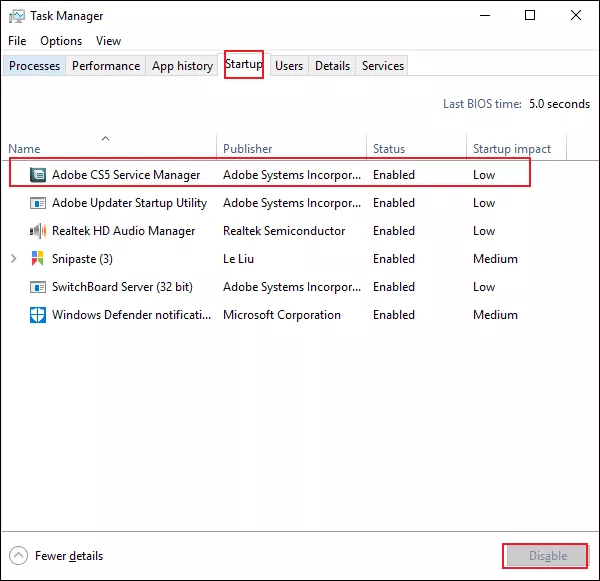
Solution 2: Clean Up Your Disk
Your computer run very slowly due to lack of free space on the computer disk. If your computer doesn't has enough free disk space on C drive, it will run slowly too. In this case, some actions need to be performed to free up disk space in windows 11.
1. Emptying the Recycle Bin.
Emptying the Recycle Bin regularly can prevent file buildup.
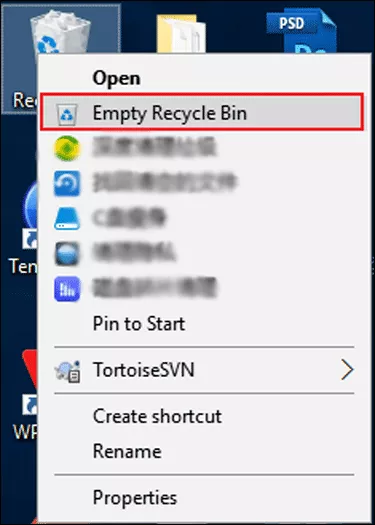
2. Delete unneeded files.
This will open the Disk Cleanup tool, which has been part of Windows for several generations of operating systems. Disk Cleanup finds unwanted junk, such as temporary files, offline web pages and installation files on your computer, and offers to delete them all at once.
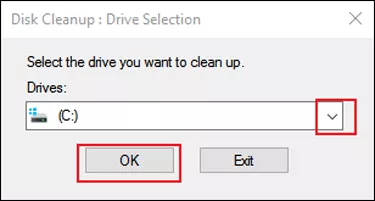
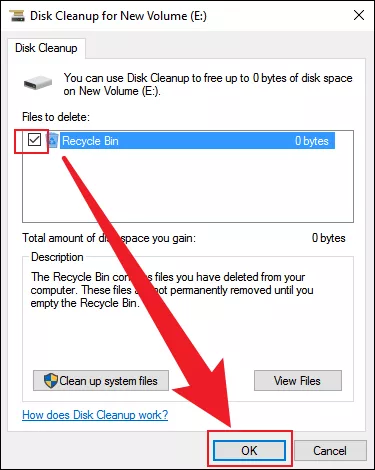
3. Uninstall Crapware.
You can simply right-click on any unwanted application in Start and select "Uninstall". This will uninstall the program immediately. You can also right-click the Windows logo on the Start button and select Programs and Features at the top. Or just type "Programs" in the Cortana search box next to the Start button.
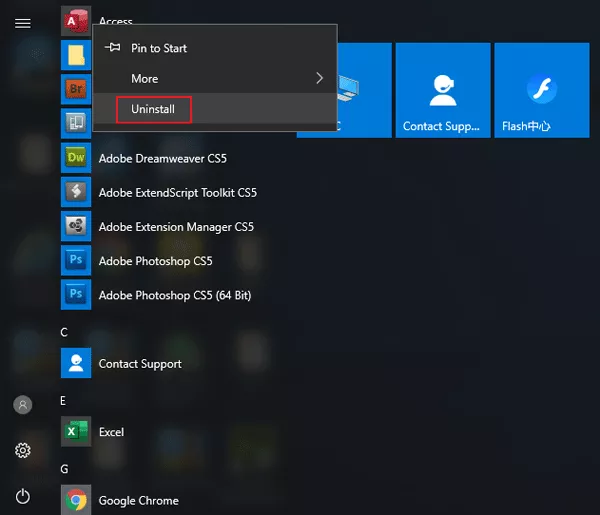
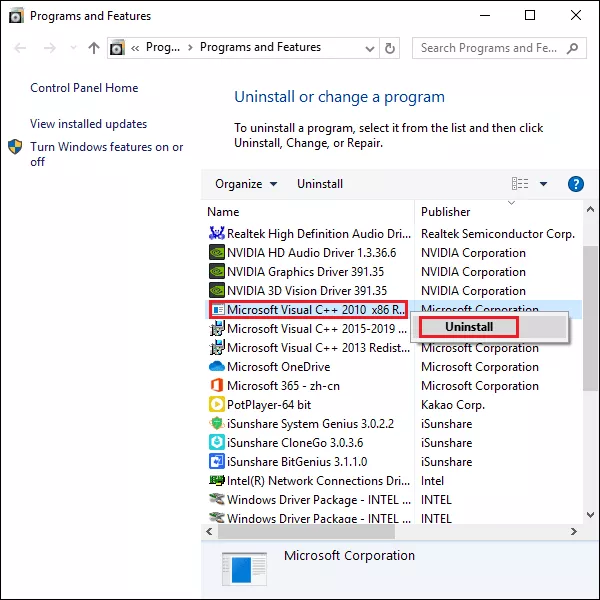
Solution 3: Use Software to optimize your computer
You can download some useful cleaning software to speed up your computer, for example, System Genius. The main functions of this software include: freeing up more space on the system drive; disabling startup programs to speed up windows startup time and emptying junk files such as temporary files, scan history and cache etc. It is easy for everyone to operate and some steps are as follows:
Open isunshare system genius and click "scan". after scaning, you can click"clean"to clear all junk files and temporary files etc.
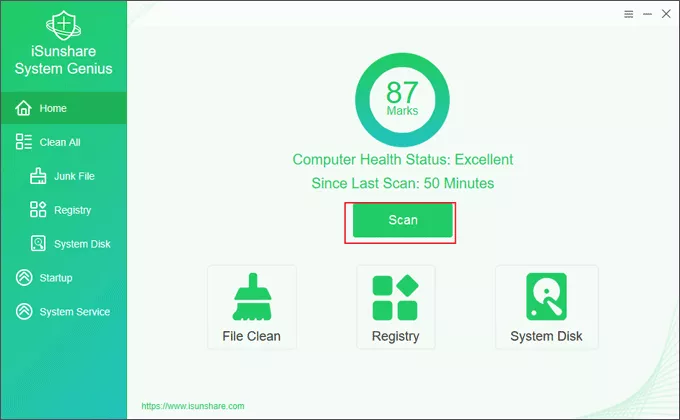
 Download: System Genius
Download: System Genius
Solution 4: Free CPU&RAM
There are many reasons why your computer lags, and one of the problems is that CPU or memory resources are being over-utilized (by certain applications or processes). In this case, you can open Task Manager, observe the two data of CPU and memory in the process, and then find out the applications that consume the most resources and click Close.
Here are three ways to find out the big resource consumers:
1. Sort in descending order.
Click CPU in the project bar, and the small arrow on the left side points down, that is, the CPU occupation rate in descending order. the program or application with the highest CPU occupation rate is always in the first line.
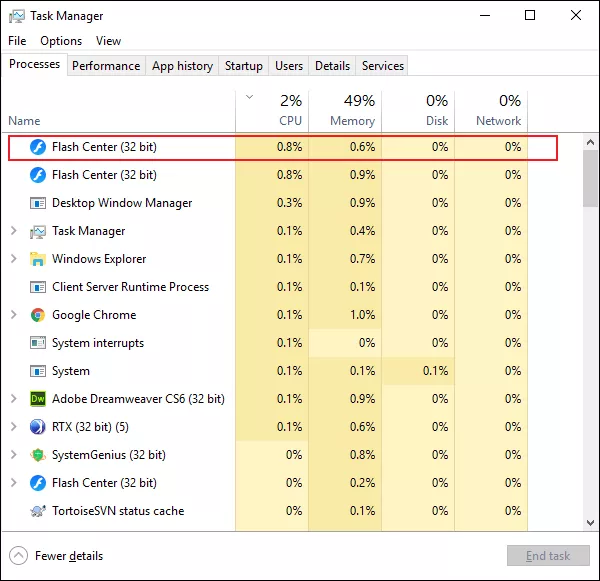
2. Judging by color shade.
The darker the color of the data background, the higher the resource usage of that application or process.
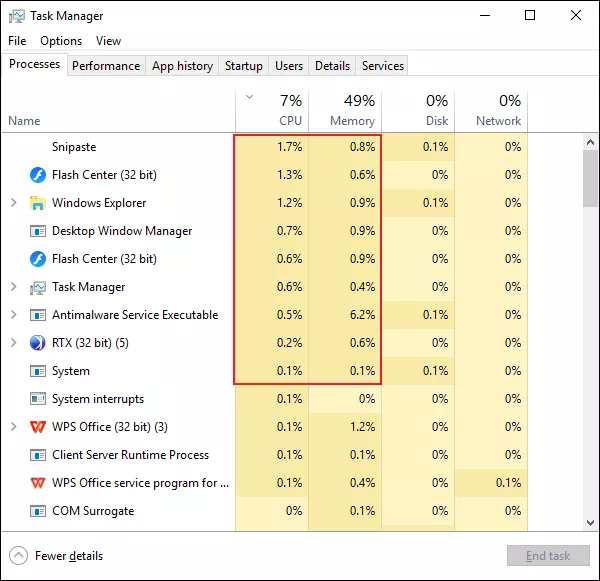
3. Change the display from Value to Percentage.
In most cases, we don't need to know exactly how many memory a program or application are using. Just by the percentage we can determine which one consumes the most resources. Right click on any application or program Under Resource Value. you can see the submenu of Memory/Disk/Network,and you can switch between them in the lower menu.
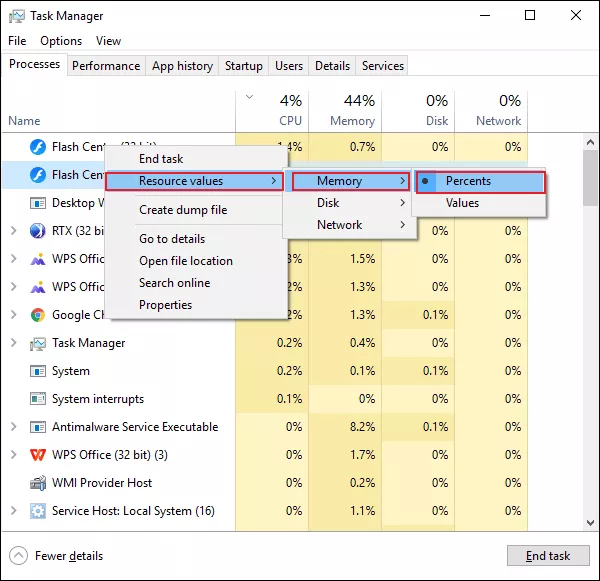
Final Words:
You can speed up your windows11 by using the four methods mentioned above, of course, you can also use other ways, for example, change power settings to high performance to optimize Speed.


